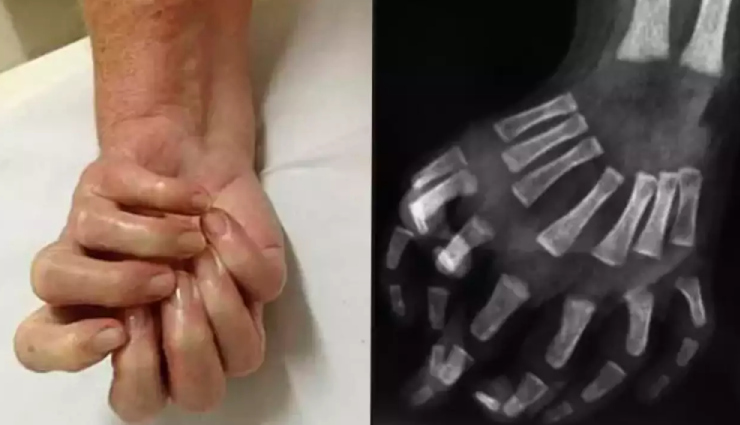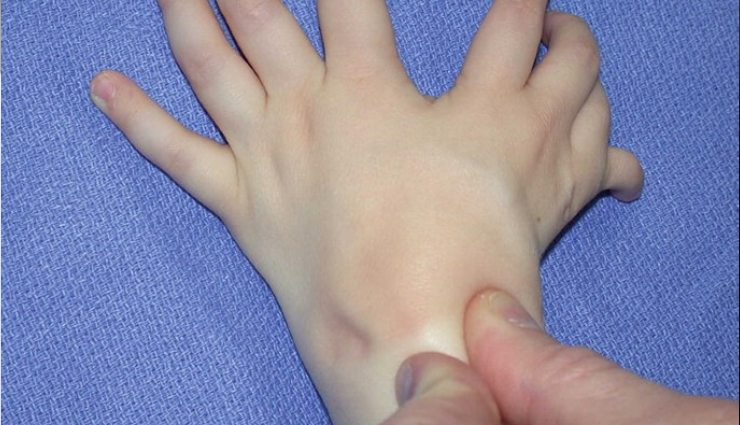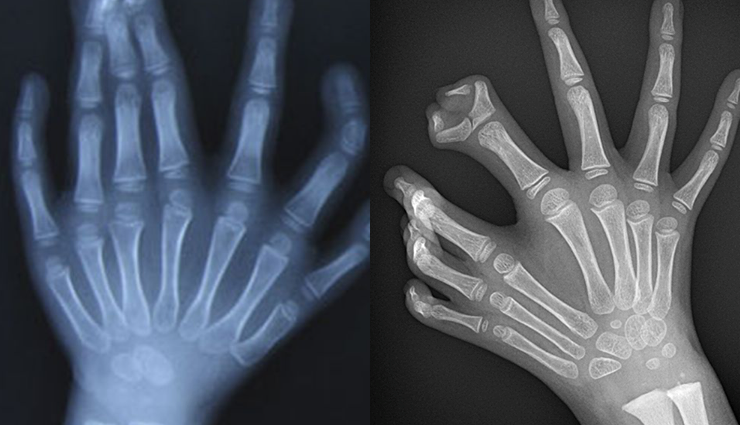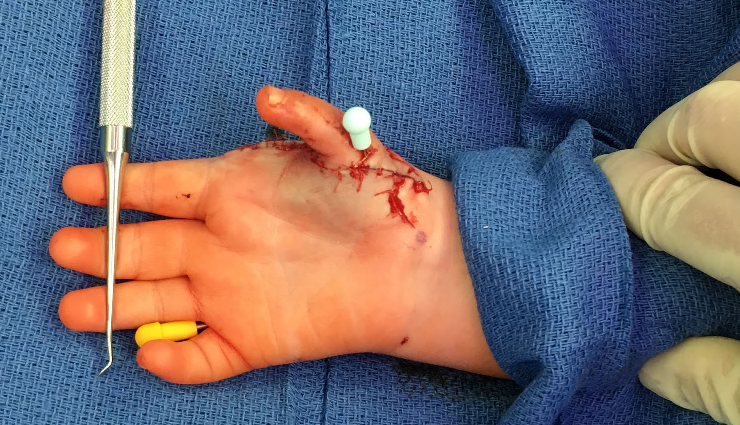- Home›
- Healthy Living›
- Diagnosis And Treatment For Mirror Hand Syndrome
Diagnosis And Treatment For Mirror Hand Syndrome
By: Priyanka Maheshwari Wed, 20 Dec 2023 1:05:44

As of my last knowledge update in January 2022, there is no widely recognized medical condition known as "Mirror Hand Syndrome." It's possible that new information has emerged since then, or that the term is not widely used in the medical community.
If it's a term or concept that has been introduced or gained significance after my last update, I recommend checking the latest medical literature, consulting healthcare professionals, or referring to reputable medical sources for the most up-to-date and accurate information.
If you have additional context or details about the term, I might be able to provide more assistance or clarification based on the information available up to my last update.
Ulnar dimelia, referred to as mirror hand syndrome, is an uncommon congenital anomaly affecting the upper limbs, resulting in the duplication of the ulna and, at times, the corresponding digits. The condition may extend to the adjacent digits on the affected side.
This syndrome is exceptionally rare, with only a few documented cases worldwide, showing a higher prevalence in males than females. Its first occurrence was observed in 1852, and since then, fewer than 100 cases have been reported.
The development of mirror hand syndrome is believed to occur during embryonic development, and while genetic factors may sometimes be involved, the specific causes often remain unclear. A 15-year-old female patient with mirror hand syndrome was reported in a study titled 'Mirror Hand: An Uncommon Neglected Case Managed with Pollicisation' on ncbi.nlm.nih.gov. The patient had undergone corrective osteotomy with a ring fixator for wrist flexion and radial deviation three years before seeking further management for polydactyly. The right hand displayed seven digits symmetrically arranged as mirror images on either side of a sagittal axis, lacking a thumb, and exhibited a short forearm with evidence of previous surgical scars.

Mirror hand syndrome manifests in a spectrum of severity, ranging from mild to severe duplication. In instances of mirror-image duplication of the ulna, two ulnas are present on the affected side, and the digits may also be duplicated, resembling a mirror image of the corresponding hand.
Ulnar dimelia often coexists with other limb abnormalities, characterized by the absence of the radius, duplication of the ulna, and symmetric polydactyly. Common features include syndactyly (fusion of fingers) and polydactyly (extra fingers), with possible skeletal deformities in the hand and forearm.
Diagnosing and treating Mirror Hand Syndrome involves a multidisciplinary approach, typically requiring the collaboration of orthopedic surgeons, plastic surgeons, and other specialists. Here's an overview of the diagnosis and treatment for Mirror Hand Syndrome:
Diagnosis:

# Clinical Examination:
A thorough physical examination of the affected limb(s) is conducted.
The duplication of the ulna and digits, as well as any associated abnormalities, is carefully assessed.
# Imaging Studies:
X-rays, CT scans, or MRI scans may be used to obtain detailed images of the affected limb's bone structure, joints, and soft tissues.
These imaging studies help in visualizing the extent of duplication and any associated anomalies.
# Genetic Testing:
While the cause of Mirror Hand Syndrome is often unclear, genetic testing may be considered to identify any underlying genetic factors or syndromes associated with limb abnormalities.

Treatment:
# Surgical Intervention:
Surgical correction is the primary treatment for Mirror Hand Syndrome.
The specific surgical procedures depend on the severity of the duplication and associated abnormalities.
Procedures may include repositioning or reconstructing bones, tendons, and soft tissues to achieve functional and aesthetic improvements.
Polydactyly (extra fingers) and syndactyly (fusion of fingers) are often addressed surgically.
# Ongoing Monitoring and Rehabilitation:
Regular follow-up visits are essential to monitor the progress of surgical interventions and address any complications.
Physical therapy and rehabilitation play a crucial role in optimizing the function and mobility of the affected limb.
# Psychosocial Support:
Individuals with Mirror Hand Syndrome may benefit from psychosocial support and counseling, especially considering the potential impact on self-esteem and body image.
# Orthotic Devices:
In some cases, orthotic devices may be recommended to support the affected limb and enhance functionality.
# Collaborative Care:
The involvement of a multidisciplinary team, including orthopedic surgeons, plastic surgeons, geneticists, and rehabilitation specialists, ensures comprehensive care.





